Is Chamomile Edible – Learn About Edible Chamomile Uses
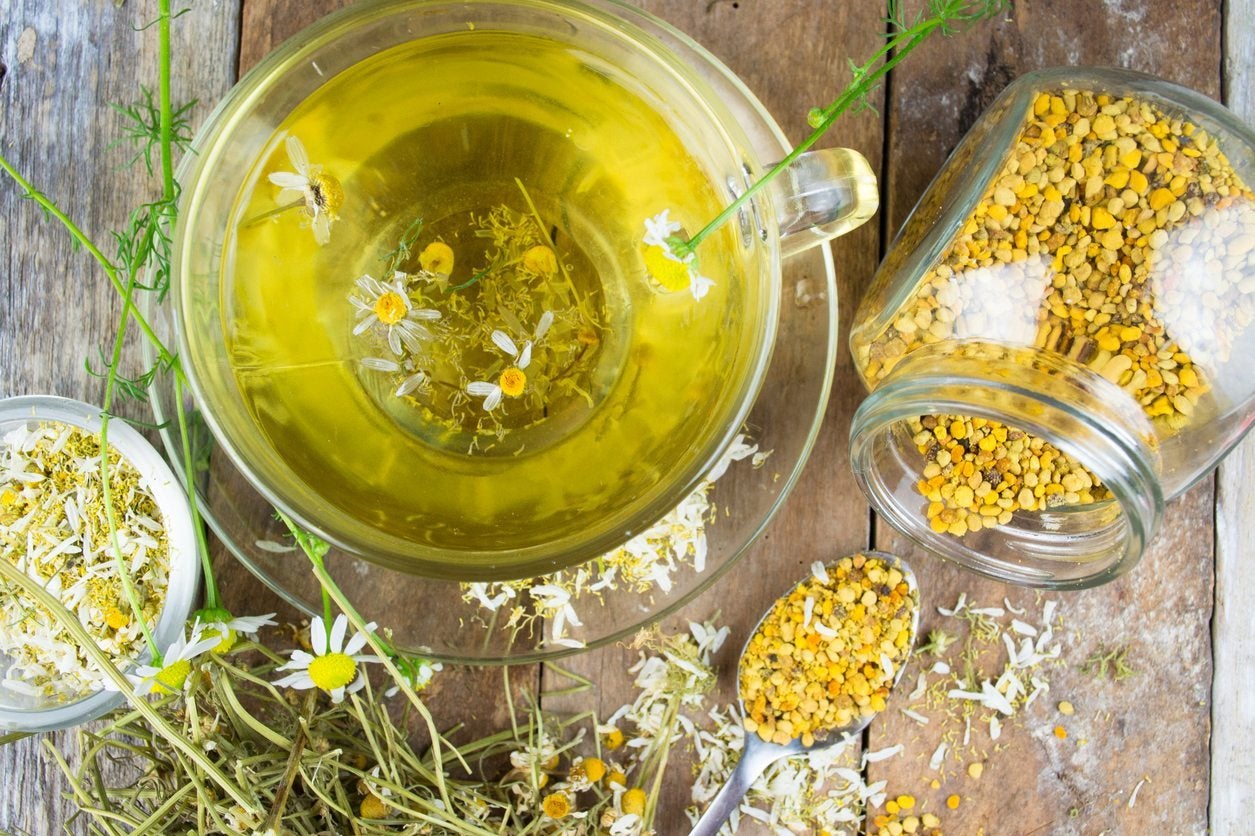

Chamomile is a pretty herb that graces the herb garden with masses of small, daisy-like flowers throughout much of the growing season. Traditionally, many generations have appreciated chamomile for its curative qualities, and to this day, people rely on chamomile tea to calm frazzled nerves and relax at bedtime. Is chamomile edible though, and if so, what parts of chamomile are edible? It’s wise to know the facts before eating chamomile plants. (Caution: Never eat any plant if you aren’t 100 percent sure!) Read on for the specifics of edible chamomile.
Is Chamomile Edible?
Yes, chamomile leaves and flowers are both perfectly safe to eat, with a couple of caveats.
- Be sure the herb hasn’t been sprayed with pesticides or herbicides.
- Use chamomile with care if you’re allergic to ragweed, as chamomile may trigger allergic reactions in some individuals.
Eating Chamomile Plants
Now that the warnings are out of the way, here are some suggestions for using edible chamomile:
- Most people use the blooms, as the bright yellow centers have a mild, apple-like flavor. Brown a few crushed or dried chamomile flowers in hot butter, then stir them into oatmeal or other hot cereal.
- Make chamomile cordial with apple brandy, a small amount of honey, and a few fresh or dried chamomile flowers. You can also add orange, lemon, overripe berries, cinnamon sticks, or even peppercorns. Allow the mixture to sit overnight to let the flavor develop, then strain. Place the cordial in a clean glass bottle or jar and store it in the refrigerator. Pour the cordial over ice cream or use it as a glaze on desserts.
- Add a small amount of chamomile flowers to the crunchy topping next time you make apple, peach, or berry crisp.
- Create chamomile liqueur by mixing dried chamomile flowers with vodka and small amounts of honey and lemon zest. Let the liqueur infuse for two to four weeks, then strain well.
- Infuse chamomile flowers in almond oil. Use the chamomile oil for salads or fish dishes or mix it in mayonnaise to add flavor to sandwiches.
- Add a few blooms to add color and flavor to a fresh green salad. You can also use leaves, although they may have a somewhat bitter flavor.
- Make chamomile tea. Stir 2 to 3 tablespoons (30-44 ml.) of crushed chamomile flowers in a cup (237 ml.) of boiling water. Allow the tea to steep for five to ten minutes, then strain and drink. Add honey and lemon to taste, if you like.
Gardening tips, videos, info and more delivered right to your inbox!
Sign up for the Gardening Know How newsletter today and receive a free copy of our e-book "How to Grow Delicious Tomatoes".

A Credentialed Garden Writer, Mary H. Dyer was with Gardening Know How in the very beginning, publishing articles as early as 2007.
-
 4 Superfast Composting Methods: Turn Waste Into Garden Gold In 30 Days Or Less
4 Superfast Composting Methods: Turn Waste Into Garden Gold In 30 Days Or LessTry the fastest composting methods to turbocharge your pile and transform kitchen scraps and garden waste into finished compost in just a few weeks.
By Mary Ellen Ellis
-
 Best Spider Plant Soil – Complete Soil Guide And Expert Tips For Keeping Plants Happy
Best Spider Plant Soil – Complete Soil Guide And Expert Tips For Keeping Plants HappySpider plants are fun and easy plants to grow, but what is the best soil for a spider plant? Selecting the right soil is important so they can thrive.
By Bonnie L. Grant
-
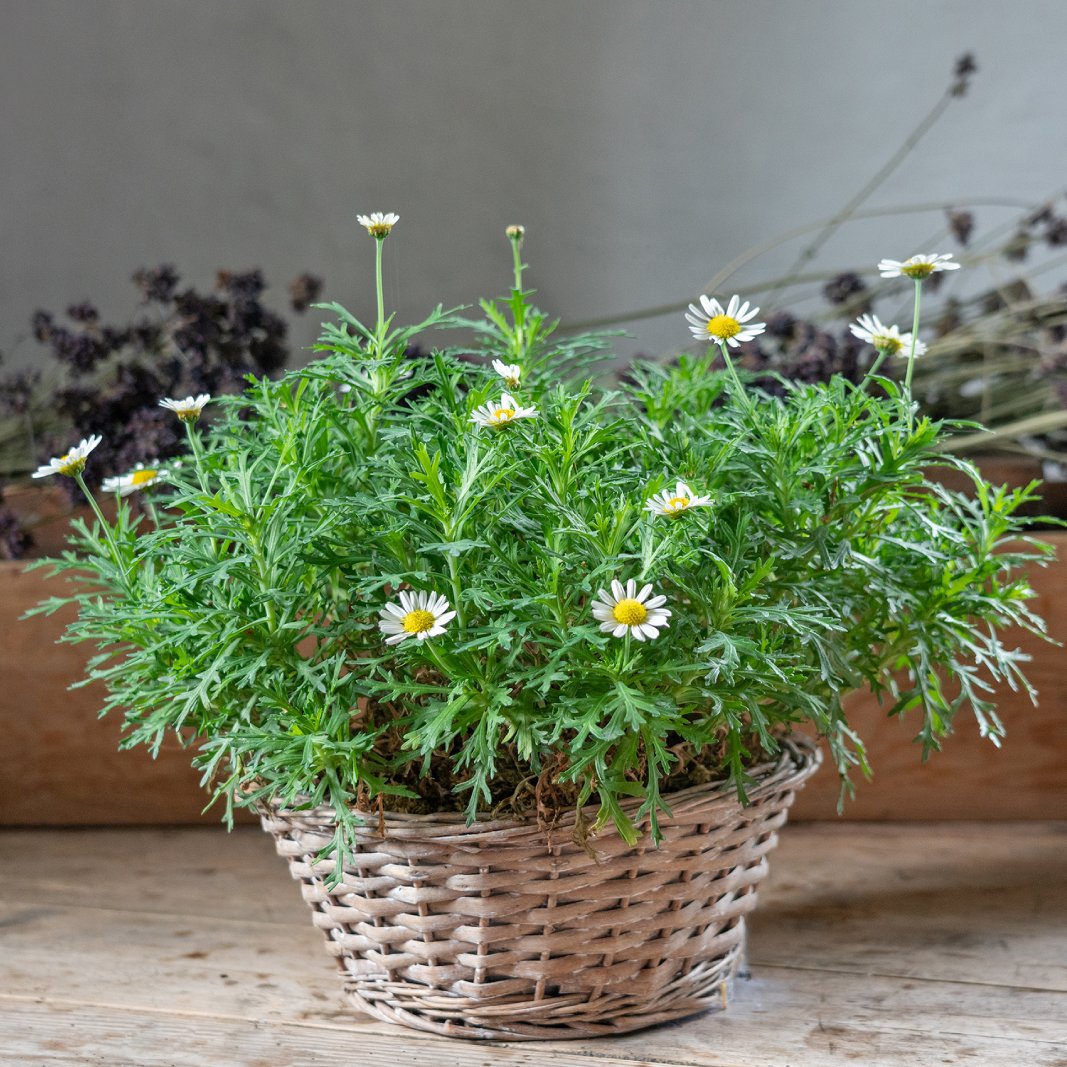 Chamomile In Containers: Growing Chamomile In Pots
Chamomile In Containers: Growing Chamomile In PotsBy Mary Ellen Ellis
-
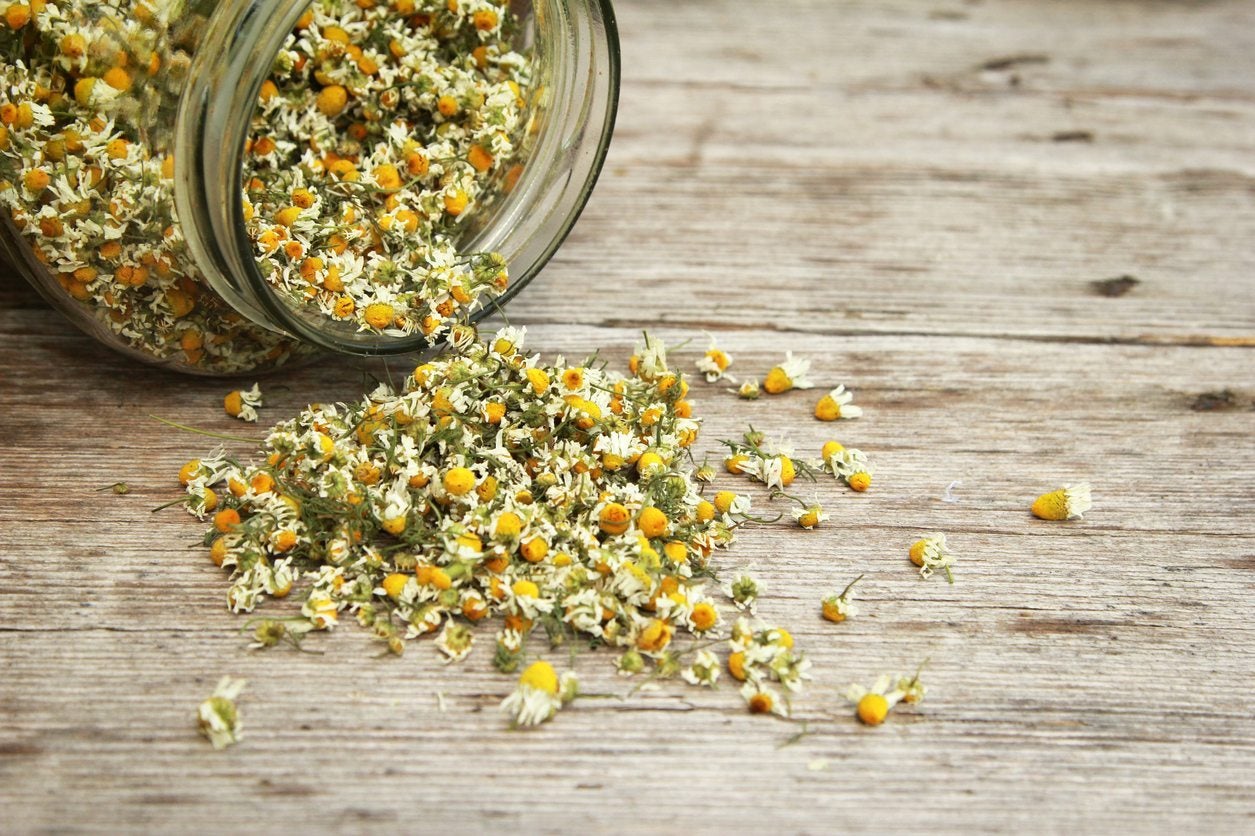 How To Dry Chamomile Plants – Tips For Drying Chamomile Flowers
How To Dry Chamomile Plants – Tips For Drying Chamomile FlowersChamomile, unlike other herbs, is harvested just for its lovely, daisy-like flowers, which are then preserved. Chamomile preservation basically means drying the chamomile flowers. There are four chamomile drying techniques. Click here to find out how to dry chamomile.
By Amy Grant
-
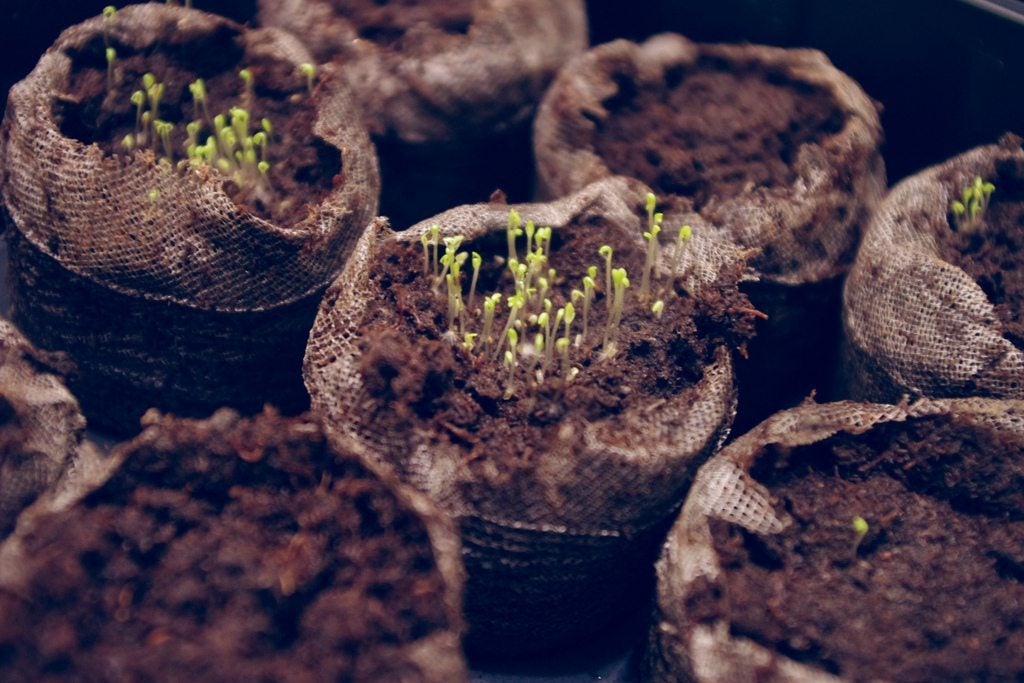 Chamomile Seed Info: How And When To Plant Chamomile Seeds
Chamomile Seed Info: How And When To Plant Chamomile SeedsAll chamomile types produce an abundance of seed that will quickly self-sow wherever it lands in warm, loose soil. Click on the following article to learn more about growing chamomile from seed and when to plant chamomile seeds in the garden.
By Darcy Larum
-
 Chamomile Not Flowering: Why Won’t My Chamomile Bloom
Chamomile Not Flowering: Why Won’t My Chamomile BloomChamomile is usually the go-to remedy for so many things, but what can you go to when it is a chamomile plant that needs a remedy - for example, how to make a chamomile plant flower if it's not. Learn more about non-blooming in chamomile here.
By Darcy Larum
-
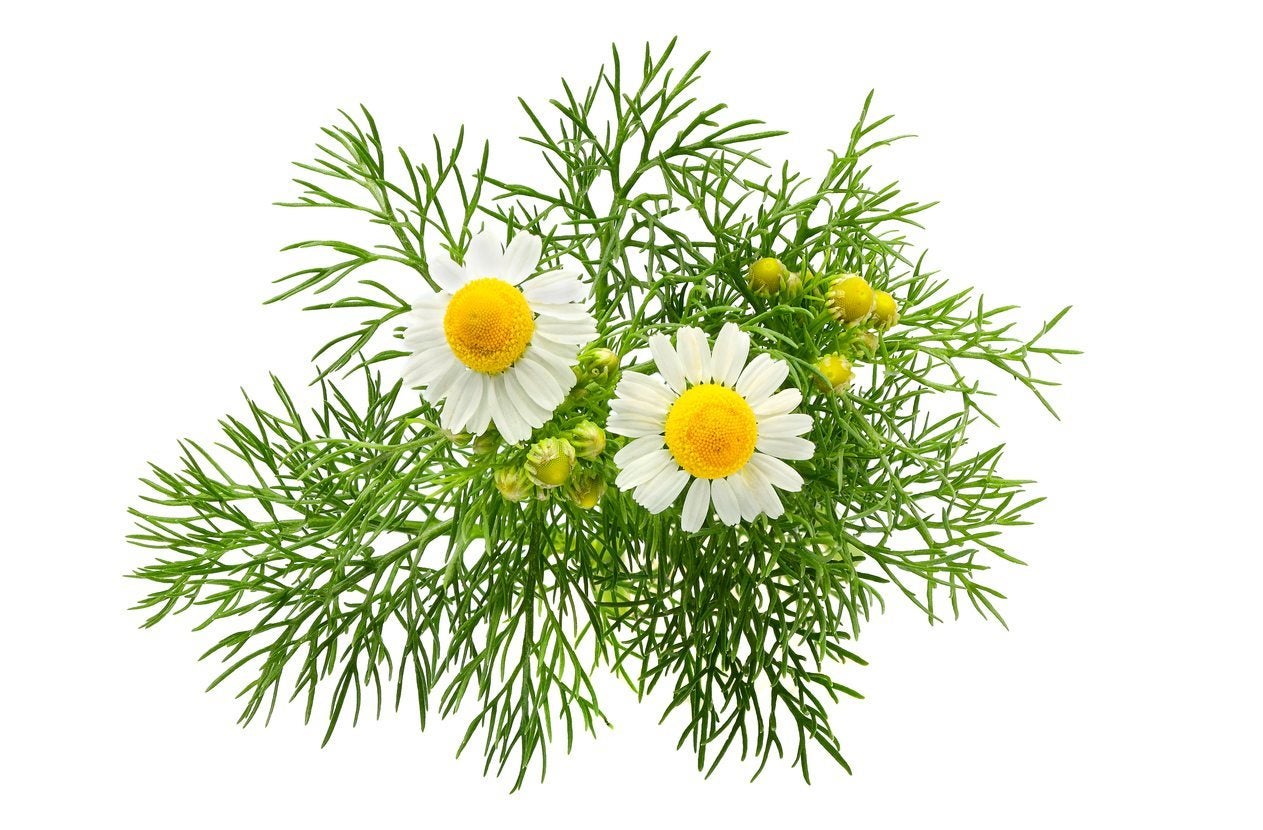 Roman Vs. German Chamomile – Learn About Different Types Of Chamomile
Roman Vs. German Chamomile – Learn About Different Types Of ChamomileIf you're so fond of the tea that you decide to grow chamomile in your own garden, you may be surprised to find that there are different types of seeds and plants available. Click here to learn about distinguishing between different chamomile varieties.
By Darcy Larum
-
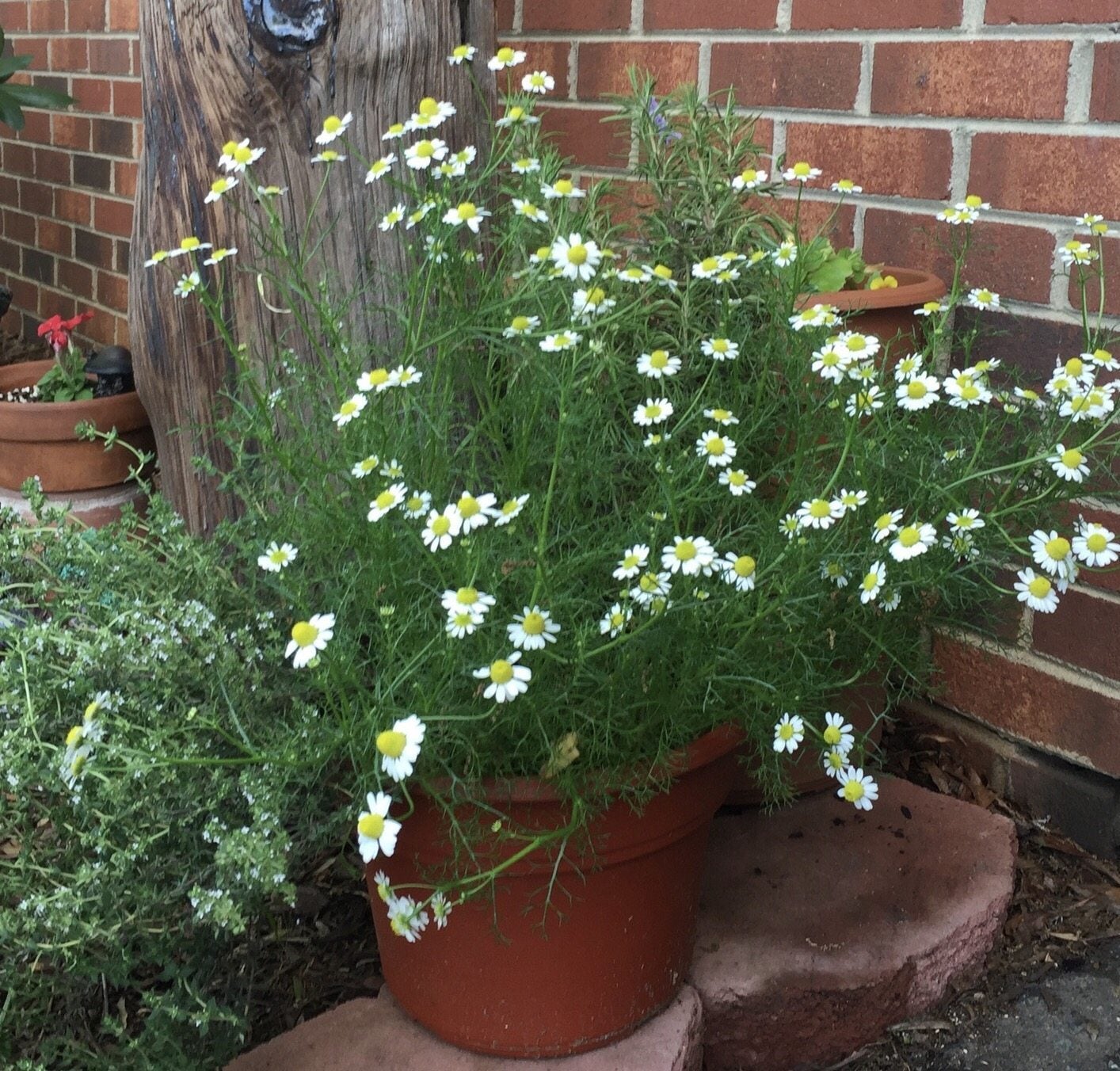 Potted Chamomile Plants – How To Grow Chamomile In A Container
Potted Chamomile Plants – How To Grow Chamomile In A ContainerGrowing chamomile in containers is perfect if you're worried the generous self-seeder may be too rambunctious in the garden. Click fore more.
By Mary H. Dyer
-
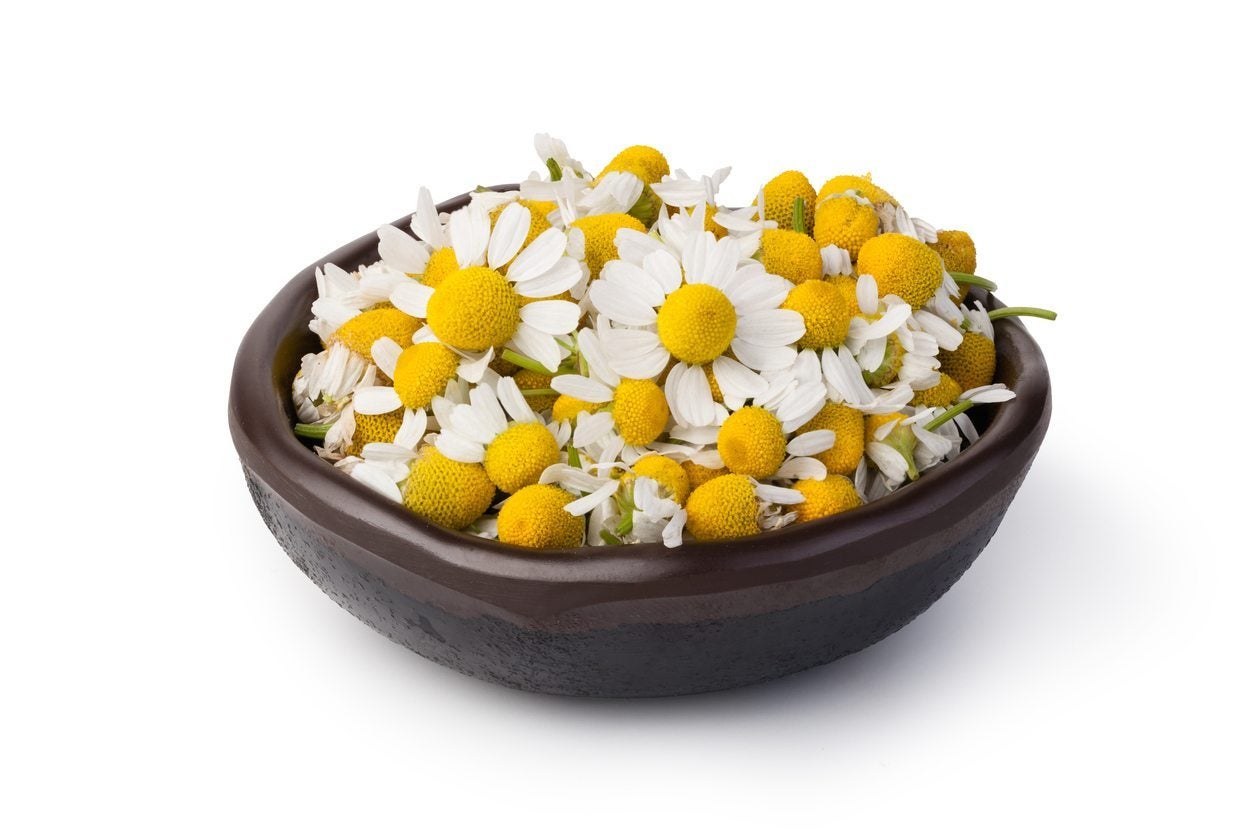 Harvesting Chamomile Plants: When To Pick Chamomile Flowers
Harvesting Chamomile Plants: When To Pick Chamomile FlowersChamomile is useful for so many ailments and is easy to grow too, but how do you know when to pick chamomile? Not only do you need to know when to harvest chamomile, but how to harvest chamomile. Click this article to find out about picking chamomile plants.
By Amy Grant
-
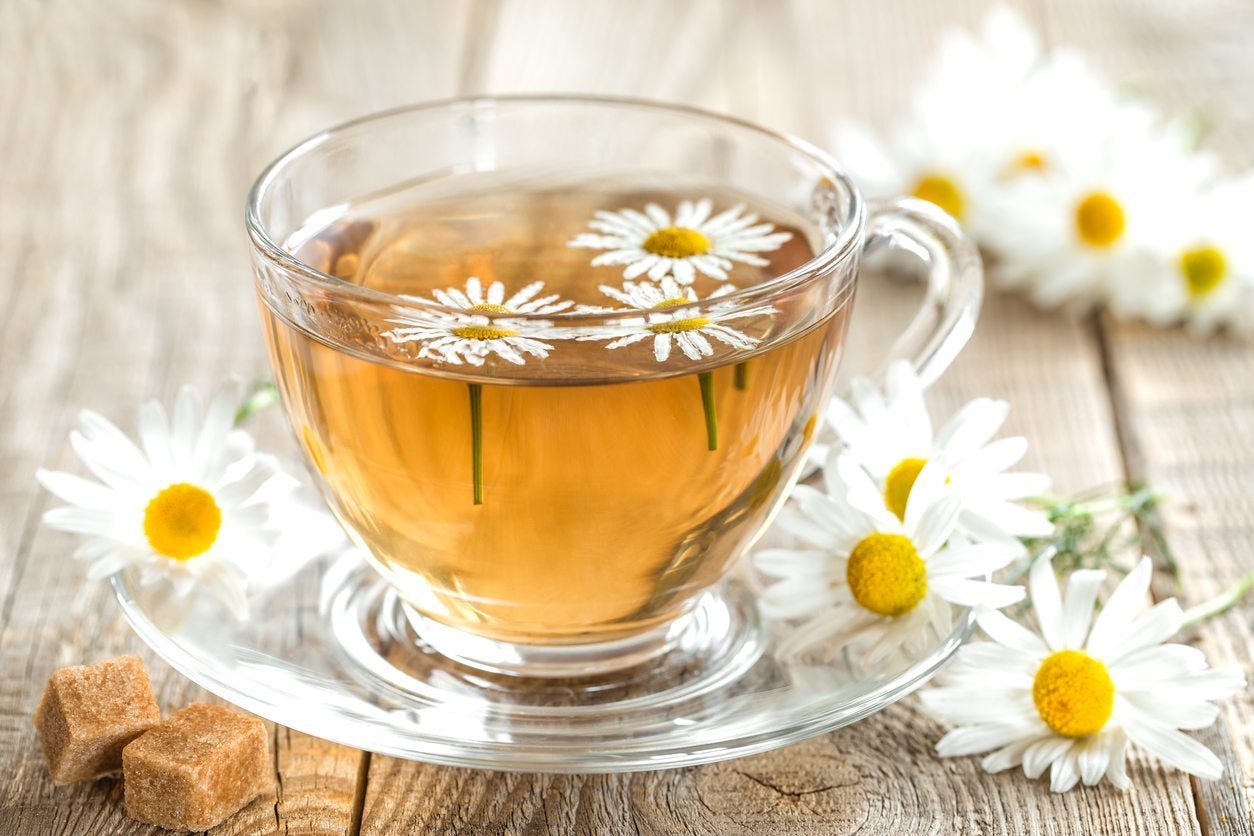 Growing Chamomile Tea: Making Tea From Chamomile Plants
Growing Chamomile Tea: Making Tea From Chamomile PlantsIf you?ve never thought about growing your own chamomile tea plant for tea brewing, now?s the time. Chamomile is easy to grow and thrives in a variety of areas. Use the information from this article to find out how to grow chamomile for tea.
By Amy Grant